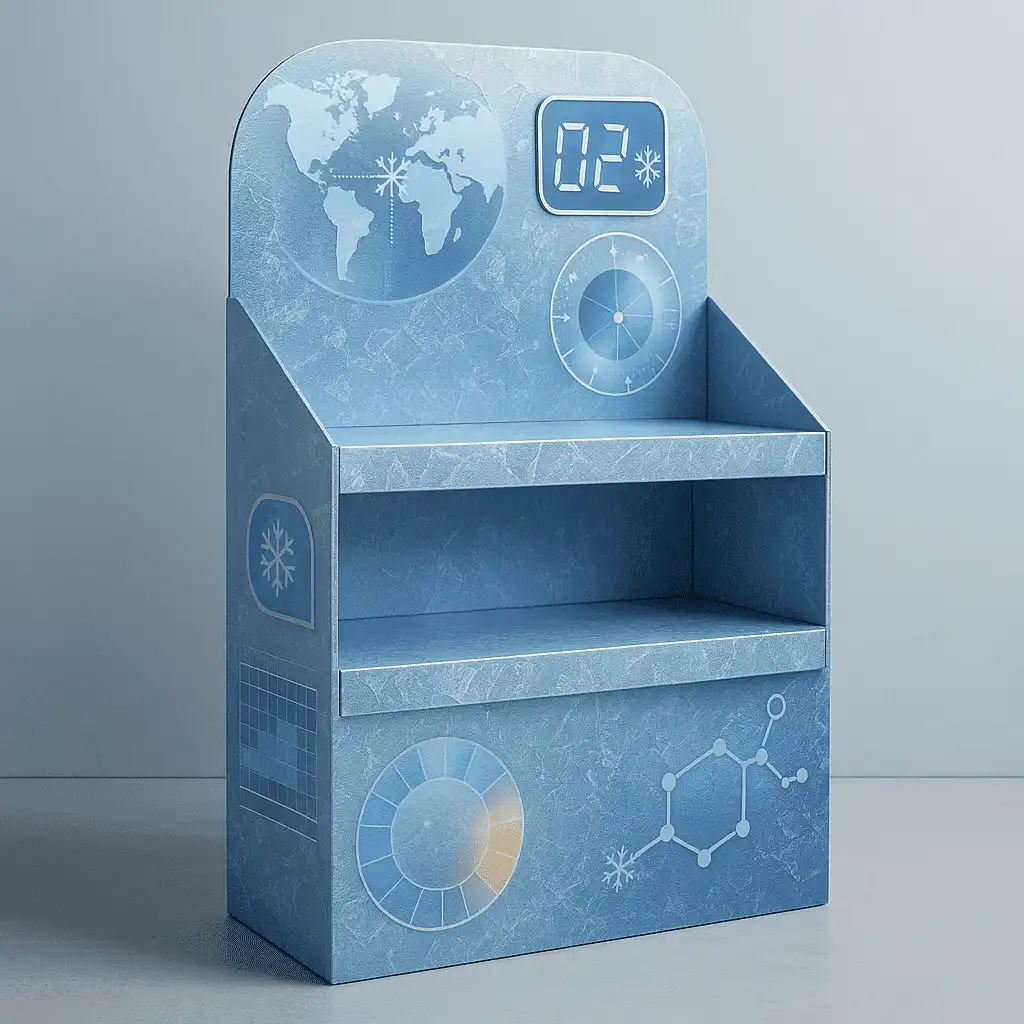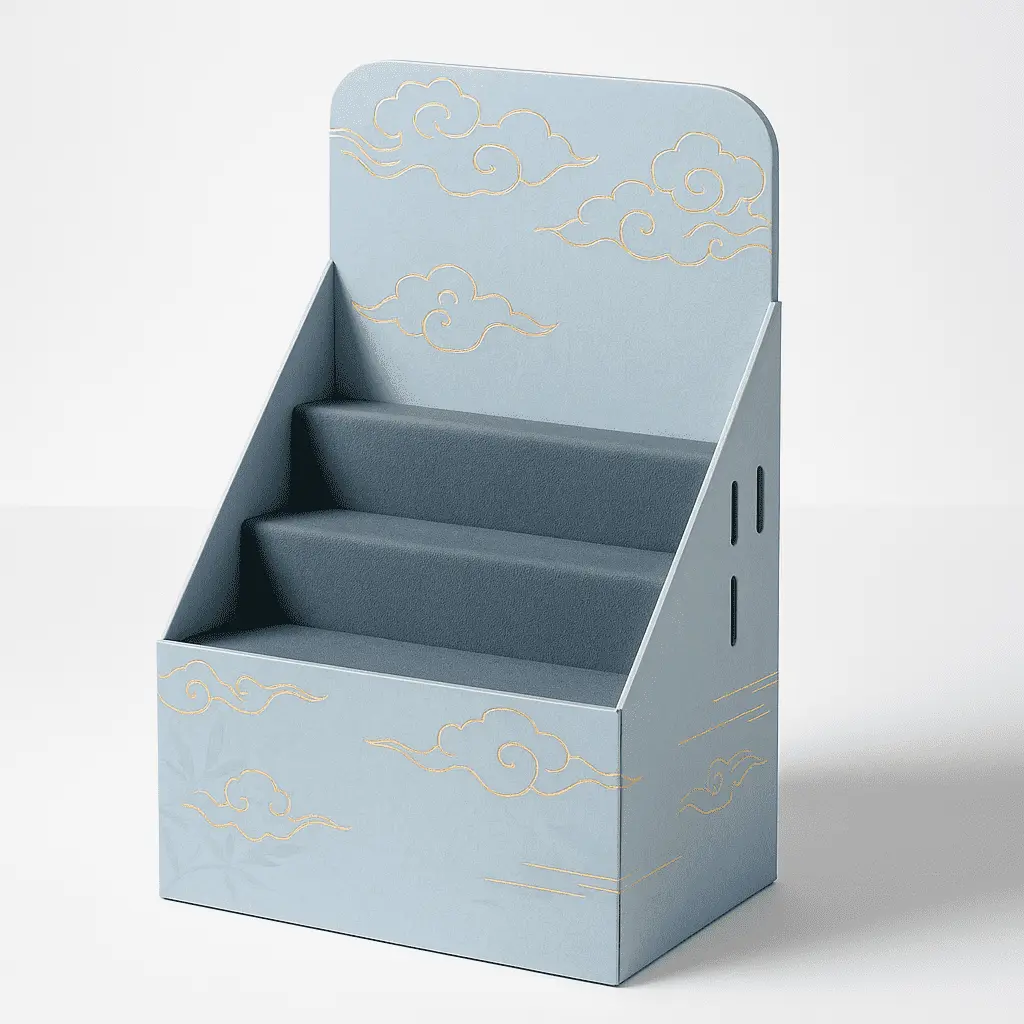The Psychology Behind Successful PDQ Displays
Visual Appeal and Product Presentation
The adequacy of PDQ retail displays pivots on their visual appeal. These shows are fastidiously outlined to capture the eye and draw customers in. By utilizing dynamic colors, striking illustrations, and inventive structures, PDQ shows make a visual devour that's difficult to disregard. The cautious course of action of items inside these shows too plays a pivotal part, guaranteeing that things are displayed in the most engaging way conceivable. This keen introduction not as it were improves the seen esteem of the items but too makes them more open and enticing to potential buyers.
Triggering Impulse Purchases
One of the primary goals of PDQ displays, including PDQ retail display, is to stimulate impulse buying behavior. These displays tap into the psychological triggers that prompt spontaneous purchases. By placing products strategically and creating a sense of urgency or exclusivity, PDQ displays can effectively influence consumer decision-making. The convenience factor also plays a significant role - when products are easily accessible and attractively presented, customers are more likely to make unplanned purchases. This psychological aspect of PDQ displays makes them a powerful tool in increasing overall sales and average transaction values.
Creating Brand Recognition
Beyond immediate sales, PDQ displays serve as powerful branding tools. Well-designed displays not only showcase products but also reinforce brand identity. Through consistent use of brand colors, logos, and messaging, these displays become mini-billboards within the retail space. This repeated exposure helps in building brand recognition and recall, which can have long-term benefits for product sales and customer loyalty. The ability of PDQ displays to create a lasting brand impression makes them an invaluable asset in the competitive retail landscape.
Designing Effective PDQ Retail Displays
Structural Considerations
The foundation of an effective PDQ retail display lies in its structure. Durability is paramount - these displays need to withstand the rigors of a busy retail environment while maintaining their aesthetic appeal. The design should also prioritize ease of assembly and restocking, ensuring that store staff can manage the displays efficiently. Flexibility is another key factor; modular designs allow for easy customization to fit different product lines or promotional campaigns. Additionally, the structure should facilitate easy product access, encouraging customers to interact with the items on display.
Material Selection
Choosing the right materials for PDQ displays, counting PDQ retail display, is pivotal for both usefulness and maintainability. Layered cardboard remains a prevalent choice due to its flexibility, cost-effectiveness, and eco-friendly nature. Be that as it may, inventive materials like reused plastics or biodegradable alternatives are picking up footing, advertising strength whereas adjusting with naturally cognizant hones. The fabric choice ought to too consider the item weight, show area, and anticipated life expectancy of the advancement. High-quality print wraps up on these materials can altogether improve the visual request and seen esteem of the show and its substance.
Graphic Design Elements
The graphic design of a PDQ display plays a pivotal role in its success. Effective designs incorporate eye-catching visuals that align with the brand's identity while standing out in a crowded retail environment. The use of high-quality images, compelling typography, and a strategic color palette can significantly impact the display's ability to attract attention. It's essential to strike a balance between providing necessary product information and maintaining a clean, uncluttered look. The design should guide the customer's eye towards key selling points and create a cohesive narrative that encourages engagement with the products.
Maximizing ROI with PDQ Retail Displays
Strategic Placement
The location of PDQ displays, including PDQ retail display, within a store can significantly impact their effectiveness. High-traffic areas, such as near checkout counters or main aisles, are prime locations for maximizing visibility and impulse purchases. However, the placement should also consider the context of the products and the typical customer journey through the store. For instance, placing complementary products near each other can encourage additional purchases. Retailers should also be mindful of seasonal changes and adjust display locations accordingly to capitalize on shifting shopping patterns and preferences.
Product Selection and Rotation
Choosing the right products for PDQ displays is crucial for optimizing ROI. Items that are well-suited for these displays typically include new products, seasonal offerings, or promotional items. Regular rotation of products keeps the displays fresh and interesting for repeat customers. It's also beneficial to analyze sales data to identify which products perform best in PDQ displays and adjust the selection accordingly. By continuously refining the product mix, retailers can ensure that their PDQ displays remain effective sales drivers over time.
Measuring and Analyzing Performance
To truly maximize the ROI of PDQ retail displays, it's essential to implement robust measurement and analysis processes. This involves tracking key metrics such as sales lift, conversion rates, and average transaction value for products featured in these displays. Advanced analytics can provide insights into customer behavior, helping retailers understand which display designs and locations are most effective. By leveraging this data, businesses can make informed decisions about future display strategies, continuously improving their approach and maximizing the return on their investment in PDQ displays.
Conclusion
PDQ retail displays have emerged as a powerful tool in the retail arsenal, adept at transforming casual browsing into concrete sales. By leveraging psychological triggers, innovative design, and strategic placement, these displays offer a unique opportunity to boost impulse purchases and enhance brand visibility. As the retail landscape continues to evolve, the role of PDQ displays in creating engaging, convenient shopping experiences becomes increasingly vital. Retailers who master the art of effective PDQ displays stand to gain a significant competitive edge, turning every moment of customer interaction into a potential sale.
Contact Us
Ready to revolutionize your retail space with custom PDQ displays? At Guangzhou Huadu Fetching Color Printing and Packaging Co., Ltd., we specialize in creating eye-catching, high-quality PDQ retail displays tailored to your brand and products. Let our team of experts help you design displays that not only showcase your products effectively but also drive sales and enhance your brand presence. Contact us today at support@fetchingprinting.com to explore how we can turn your retail vision into reality.





